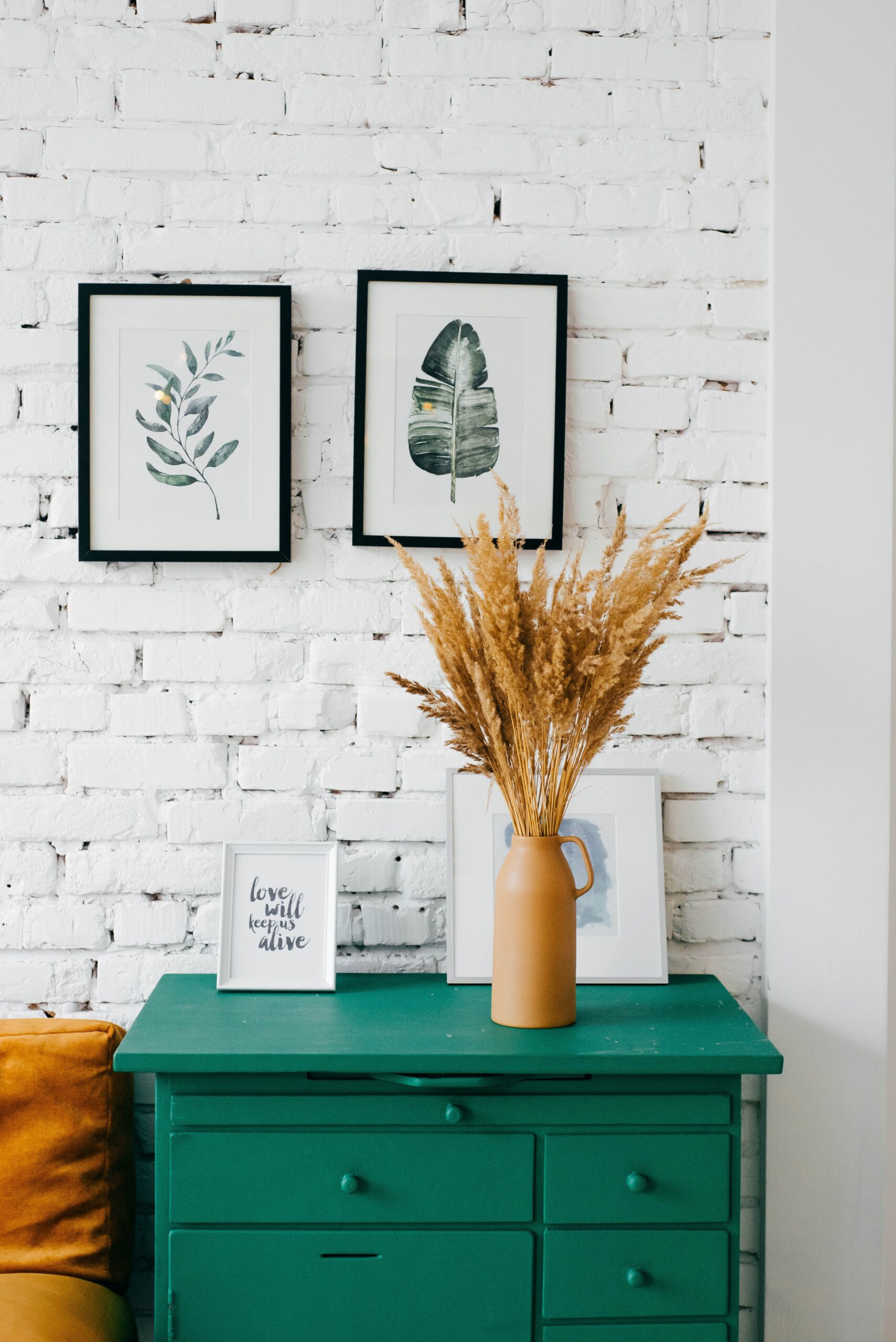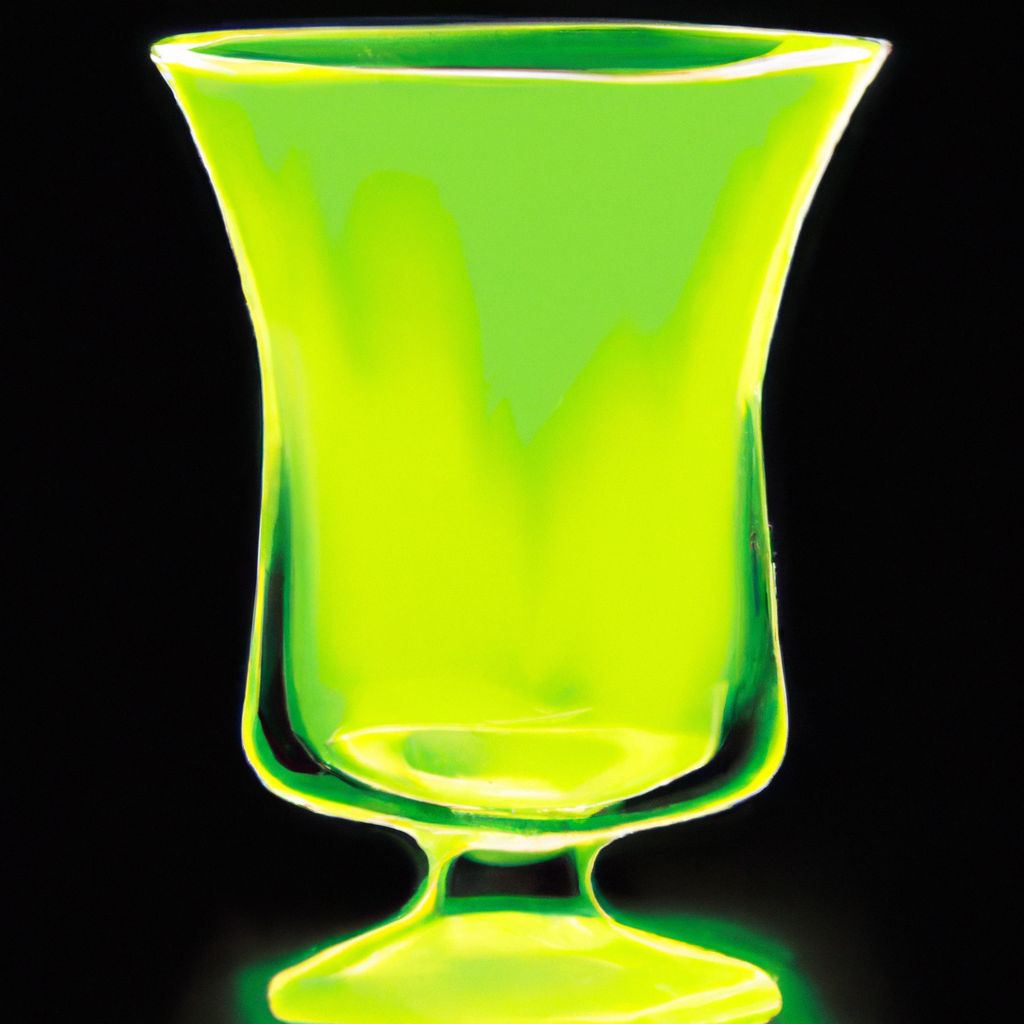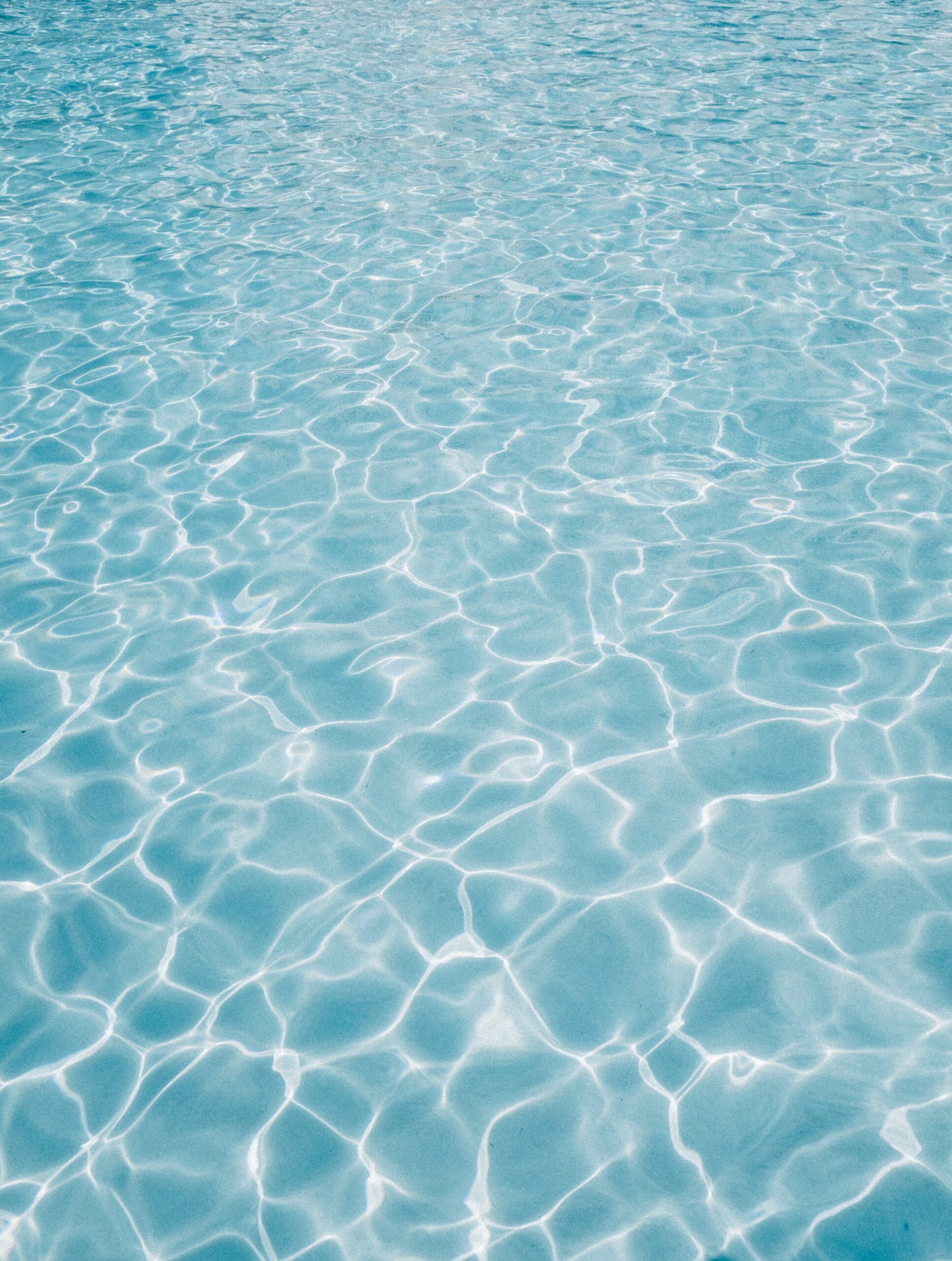In the world of art, creativity knows no bounds, and artists constantly explore new techniques and materials to express their visions. One intriguing question that often arises is whether it is possible to mix gouache and oil paint. While these two mediums possess distinct properties and consistencies, the compatibility of their combination can yield unique results. In this article, we will examine the potential of mixing gouache and oil paint, discussing the impact on texture, color vibrancy, and drying time. Whether you are an aspiring artist or a seasoned professional, this exploration will provide valuable insight into the possibilities that arise when these two mediums intersect.
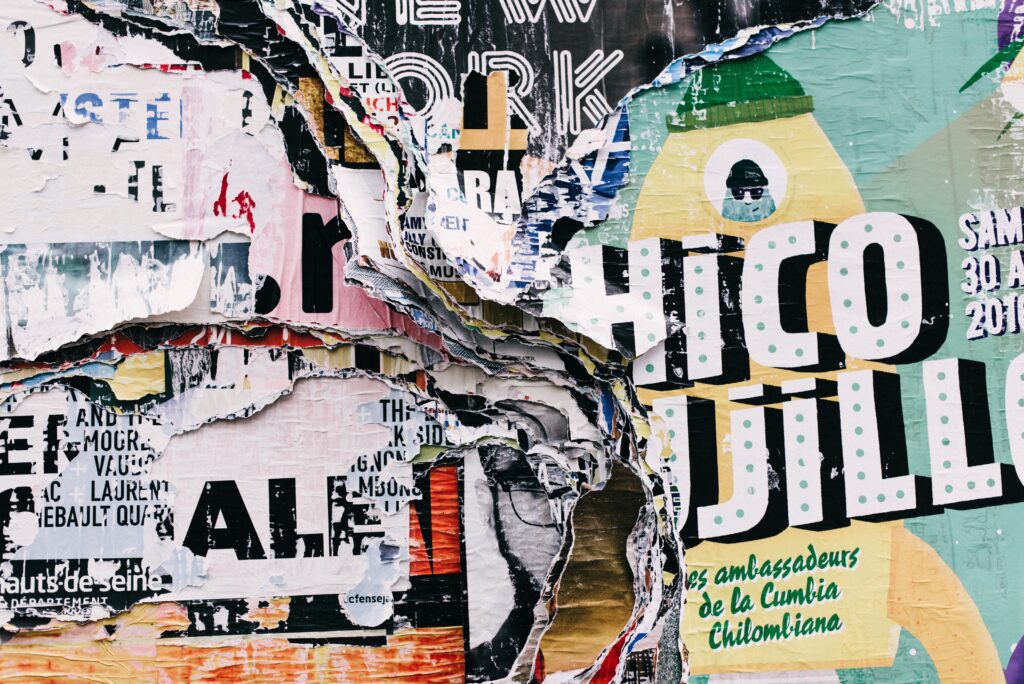
This image is property of images.unsplash.com.
Introduction
When it comes to the world of art, there are endless possibilities and combinations to explore. One question that often arises is whether gouache, a water-based medium, and oil paint, which is oil-based, can be mixed together. In this article, we will delve into the subject of mixing gouache and oil paint, exploring their individual properties, potential issues, blending techniques, effects and results, archival quality and longevity, as well as preservation and storage methods. By the end of this comprehensive guide, you will have a thorough understanding of the compatibility and possibilities of combining these two mediums.
Understanding Gouache and Oil Paint
What is gouache?
Gouache is a type of paint that is water-soluble and consists of pigment, water, and a binding agent, typically gum arabic. This medium has been used by artists for centuries and is known for its vibrant and opaque nature. gouache dries quickly, allowing for layering and reworking. It is commonly used for illustrations, graphic design, and traditional painting techniques.
What is oil paint?
Oil paint, on the other hand, is made by combining pigment with a drying oil, such as linseed oil or walnut oil. This oil-based medium has been favored by artists for its rich colors, smooth texture, and long drying time, allowing for blending and manipulation. Oil paint provides a glossy finish and has been used in countless masterpieces throughout history.
Differences between gouache and oil paint
The fundamental difference between gouache and oil paint lies in their composition and properties. Gouache is water-soluble and dries quickly, while oil paint is oil-based and has a longer drying time. Gouache produces opaque and matte results, whereas oil paint offers a glossier finish with textures that can be built up or thinned out. These differences in properties create unique challenges and opportunities when it comes to mixing the two mediums.
Properties of Gouache and Oil Paint
Gouache properties
Gouache, with its water-soluble nature, allows for easy reactivation and manipulation even after it has dried. It provides vibrant colors that are opaque and matte in appearance. Gouache paintings have the advantage of being less prone to cracking over time due to the flexibility of the water-based paint film. However, gouache can be easily reactivated with water, which can pose challenges when mixed with oil paint.
Oil paint properties
Oil paint, with its oil-based composition, offers rich and lustrous colors. This medium provides a longer drying time, allowing for blending and layering. Oil paint can be thinned with solvents or oils to achieve various levels of transparency or opacity. However, oil paint is known for its tendency to crack and yellow over time, requiring careful consideration when combining it with gouache.
Mixing Gouache and Oil Paint
General considerations
Before mixing gouache and oil paint, it is essential to understand the potential issues that may arise. The significant difference in the drying time and composition of the two mediums can lead to adhesion problems, paint cracking, and color shifting. It is crucial to experiment on a small scale before attempting a larger project to determine if the desired effects can be achieved.
Potential issues
The primary concern when mixing gouache and oil paint is the compatibility of the two mediums. Gouache is water-soluble, while oil paint is oil-based, creating a barrier that can disrupt adhesion. This can result in paint flaking or peeling off the surface. Additionally, the cracking and yellowing properties of oil paint can affect the overall appearance and longevity of the artwork when mixed with gouache.
Different approaches to mixing
There are several approaches to mixing gouache and oil paint, each with its own benefits and challenges. One approach is to create separate layers using gouache and oil paint, allowing each layer to dry completely before applying the next. Another technique involves using gouache as a base layer and adding oil paint on top, creating interesting textures and effects. Alternatively, gouache can be used for details on an oil painting, providing additional vibrancy and precision.
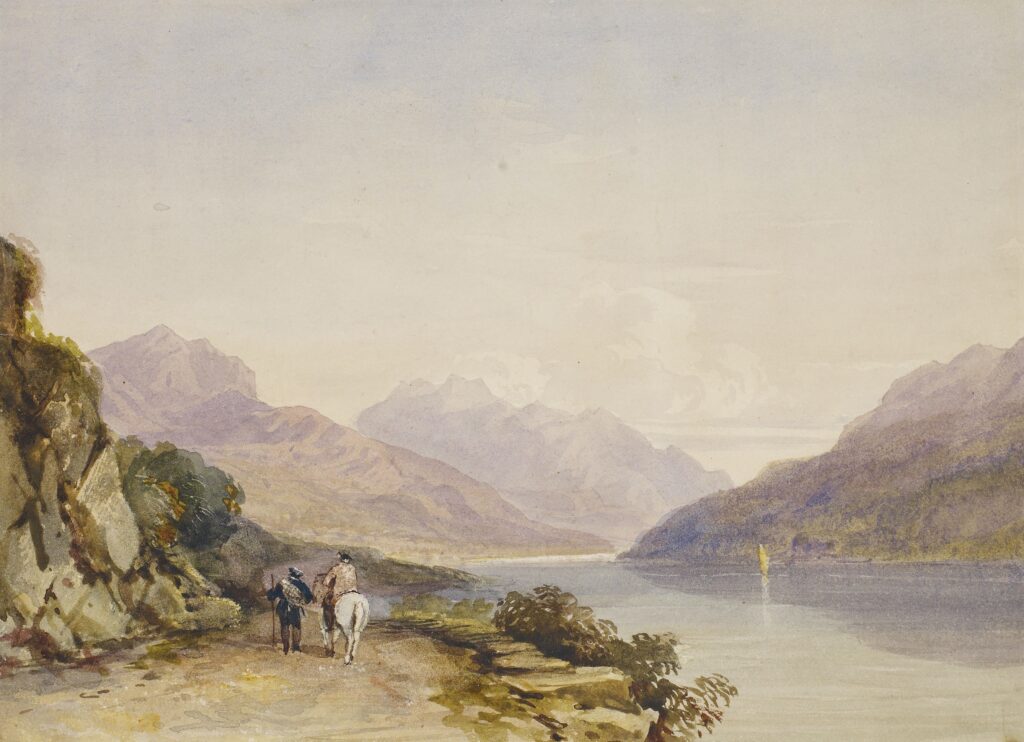
This image is property of images.unsplash.com.
Experimenting with Gouache and Oil Paint
Safety precautions
When experimenting with gouache and oil paint, it is crucial to follow safety precautions. This includes working in a well-ventilated area or using an appropriate mask to avoid inhaling harmful fumes from solvents or oil mediums. It is also important to protect the painting surface and clean brushes thoroughly after each use to prevent cross-contamination.
Preparing the painting surface
Before starting any artwork, it is essential to prepare the painting surface properly. For mixing gouache and oil paint, it is recommended to use a canvas or board primed specifically for both oil and water-based mediums. This ensures better adhesion and prevents the paint from seeping into the surface.
Creating a test palette
To determine the compatibility and desired effects of mixing gouache and oil paint, it is advisable to create a test palette. This involves applying small amounts of each medium side by side and experimenting with various ratios, layering techniques, and blending methods. By observing the drying time, adhesion, and color interactions, you can gain valuable insights before embarking on a larger project.
Blending techniques
Blending gouache and oil paint requires careful consideration of the different drying times and properties of each medium. Techniques such as dry brushing, layering, and stippling can be used to create unique textural effects. Experimenting with various brushes, tools, and mediums can further enhance the blending capabilities and allow for more controlled and deliberate applications.
Effects and Results
Transparency and opacity
One of the exciting aspects of mixing gouache and oil paint is the opportunity to play with transparency and opacity. Gouache is inherently opaque, while oil paint can range from transparent to opaque, depending on the pigment used and the level of dilution. By combining these two mediums, artists can achieve a wide range of effects, from delicate glazes to bold and opaque areas, adding depth and complexity to their artwork.
Drying time
The drying time of gouache and oil paint differs significantly. While gouache dries quickly, allowing for immediate reworking and layering, oil paint has a much longer drying time. When mixing the two, it is crucial to consider how this difference may impact your desired effects and techniques. Patience and careful planning are necessary to ensure that each layer has adequate time to dry before proceeding with additional applications.
Textural effects
The combination of gouache and oil paint provides an opportunity to explore unique textural effects. Gouache, with its matte finish, can create flat and smooth areas, while oil paint allows for impasto techniques, building up thick and textured layers. By blending these two mediums, artists can achieve a harmonious balance of flatness and depth, resulting in visually engaging and tactile artworks.
Color interactions
Mixing gouache and oil paint also allows for intriguing color interactions. Each medium has its own range of pigments, which can interact in unexpected and exciting ways. The vibrancy and opacity of gouache can complement the rich and subtle hues of oil paint, opening up new possibilities for color harmonies and contrasts. The experimentation with color mixing becomes a fascinating journey of discovery.

This image is property of images.unsplash.com.
Archival Quality and Longevity
Compatibility concerns
When combining gouache and oil paint, it is essential to consider the archival quality and longevity of the artwork. The water-soluble nature of gouache and the oil-based composition of oil paint can create compatibility concerns. Adhesion issues, paint cracking, and yellowing over time may affect the overall quality and durability of the mixed artwork. It is advisable to conduct long-term tests and consider protective measures to prolong the lifespan of the artwork.
Factors affecting longevity
Several factors can affect the longevity of artwork created by mixing gouache and oil paint. Exposure to light, humidity, and temperature fluctuations can accelerate the deterioration of the pigments and binding agents used in both mediums. The choice of materials, such as archival-quality paints and primed surfaces, can contribute to the overall longevity of the artwork. Consideration of these factors is crucial to ensure the preservation of your mixed artworks.
Protective measures
To protect mixed artworks that combine gouache and oil paint, it is recommended to use conservation-grade varnishes or fixatives. These protective coatings can provide a barrier against environmental factors, prevent dust accumulation, and enhance the overall appearance of the artwork. It is important to carefully follow the directions provided by the manufacturers and consult with professionals to ensure the proper application and preservation of your mixed pieces.
Preservation and Storage
Cleaning brushes
Proper brush maintenance is crucial when working with gouache and oil paint. After each use, brushes should be thoroughly cleaned to avoid cross-contamination of the two mediums. Gouache brushes can be rinsed with water, while oil paint brushes require the use of solvents or specific oil medium cleaners. It is important to remove all traces of paint to maintain the integrity of the brushes and prevent unwanted mixing of the mediums in future artworks.
Storing mixed artwork
When storing mixed artworks that contain both gouache and oil paint, it is important to take their different drying times and properties into consideration. It is recommended to ensure that the artwork is fully dry before storing to prevent any potential moisture-related issues. Framing the artwork behind glass or using protective sleeves can also provide an extra layer of protection against dust, humidity, and other external factors.
Preventing cracking or flaking
To prevent cracking or flaking of mixed artworks, proper handling and storage are essential. Extreme temperature and humidity fluctuations can cause the paint film to expand and contract, leading to undesirable cracks. It is important to avoid placing the artwork in direct sunlight or near sources of heat or moisture. Following professional guidance on framing, display, and storage techniques can help preserve the integrity of the artwork for years to come.

Professional Advice and Recommendations
Expert opinions
Experts in the field of art have varying opinions regarding the mixing of gouache and oil paint. Some caution against combining the two due to their differences in composition and properties. Others see potential in using both mediums intentionally, understanding the challenges and taking the necessary precautions. It is advisable to consult with experienced artists, conservators, and materials manufacturers to gather a range of perspectives and make informed decisions.
Guidelines from art organizations
Art organizations such as the International Institute for Conservation of Historic and Artistic Works (IIC), the American Institute for Conservation (AIC), and the Society of American Archivists (SAA) provide guidelines and recommendations for the preservation and use of mixed media artworks. These guidelines can serve as valuable resources, offering insights into best practices, material testing, conservation treatments, and long-term preservation strategies.
Artist experiences
Many artists have experimented with mixing gouache and oil paint, each with unique experiences and outcomes. Studying the works and techniques of established artists who have successfully combined these two mediums can offer valuable insights and inspiration. Learning from their trials and errors can help guide your own experimentation and ensure your artistic vision is achieved.
Conclusion
In conclusion, while gouache and oil paint are different mediums with distinct properties and challenges, it is possible to mix them to create intriguing effects and results. By understanding the individual characteristics of gouache and oil paint, experimenting with blending techniques, considering archival quality and longevity, and implementing proper preservation and storage methods, artists can explore the possibilities of combining these mediums.
As with any artistic endeavor, thorough research, experimentation, and a willingness to learn from the experiences of others are key to achieving the desired outcomes. So, go forth and explore the exciting realm of mixing gouache and oil paint, and let your imagination take flight on your artistic journey.

